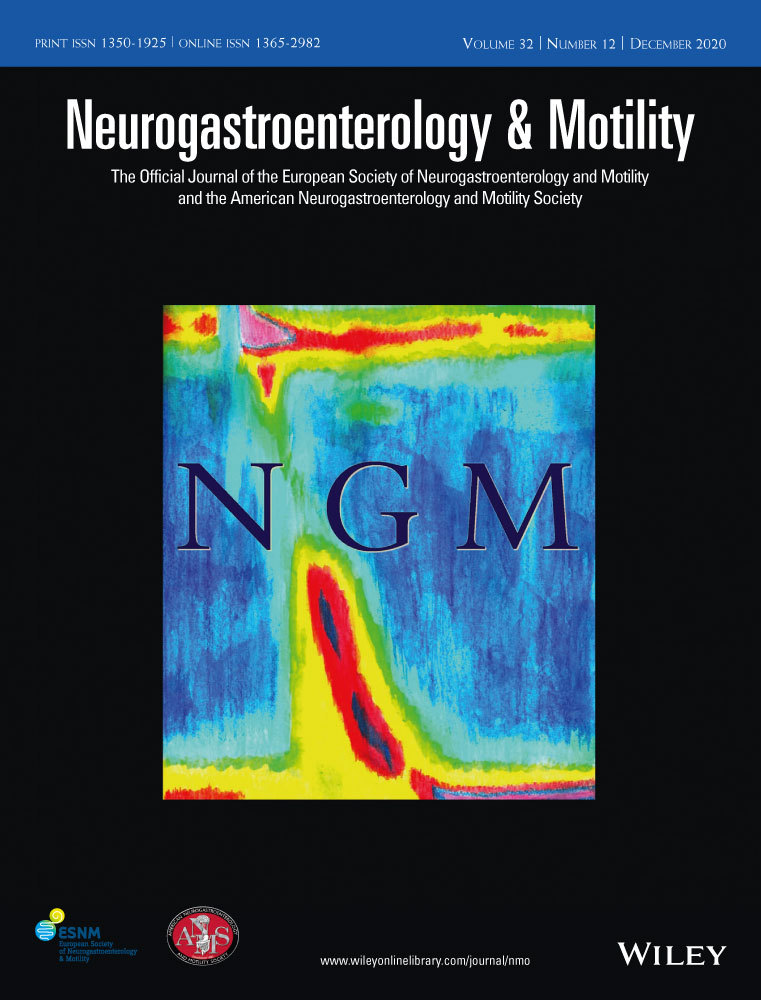High-resolution manometry features of paraesophageal hernia
Abstract
Background
Paraesophageal hernias (PEH) can be associated with obstructive symptoms, but high-resolution manometry (HRM) characteristics have not been described in detail.
Methods
HRM studies of confirmed PEH patients (n = 60, 66.3 ± 1.5 years, 76.7% F), axial hernias (n = 125, 56.1 ± 1.1 years, 58.4% F), and healthy controls (n = 20, 27.9 ± 0.7 years, 45% F) were analyzed. Axial hernias (type 1) were compared to PEH subtyped as isolated PEH (type 2), PEH with axial hernia (type 3), PEH with herniated abdominal organs (type 4), and unknown. Distal contractile integral (DCI), esophageal length, lower esophageal sphincter pressures (LESP), EGJ contractile integral (EGJ-CI), and integrated relaxation pressure (IRP) were extracted. Intra-luminal pressures were measured proximal (intrabolus pressure, IBP) and distal (intragastric pressure, IGP) to EGJ. Univariate and multivariate analyses were performed to characterize esophageal and EGJ motor physiology in PEH.
Key Results
PEH patients had LESP and EGJ-CI similar to controls; axial hernia patients had lower LESP. While IRP was within normal limits, PEH had elevated IBP and IGP, and shorter esophageal length compared to axial hernia and normal controls (P ≤ .0001 across groups). Short esophageal length was consistent across PEH subtypes (P = .06). On multivariate regression analysis, IBP remained an independent predictor of PEH (P < .0001). Within PEH subtypes, gastric pressure was higher when axial HH was also present, in contrast to isolated PEH (P = .03); other metrics did not differ.
Conclusions & Inferences
Luminal pressure increase both upstream and downstream of the EGJ on HRM likely represents obstructive phenomena in PEH, identification of which may support suspicion of PEH.
CONFLICT OF INTEREST
AR, MJA, EY, SSK, HPPS, and LMB: None; DS: Research support: Diversatek, Reckitt-Benckiser; OMOM®, Jinshan Science & Technology (Group) Co. Ltd., Chongqing, China, Alfa Sigma Italy; CPG consultation: Medtronic, Diversatek, Quintiles, Ironwood and IsoThrive.




